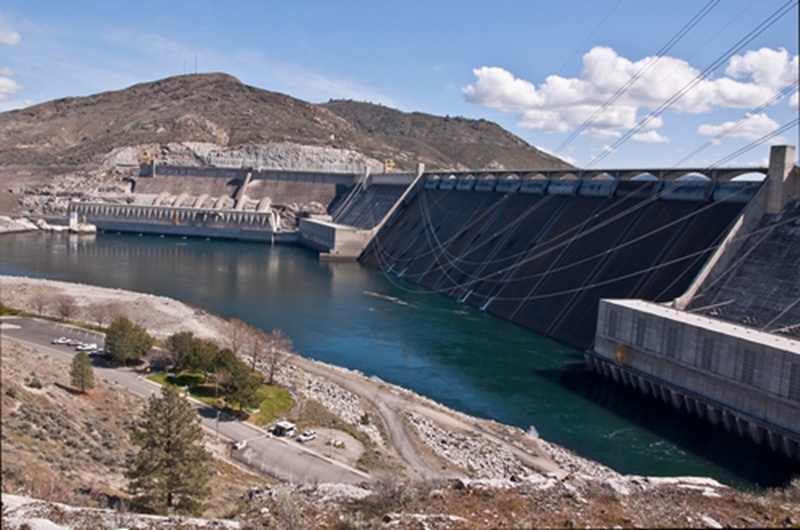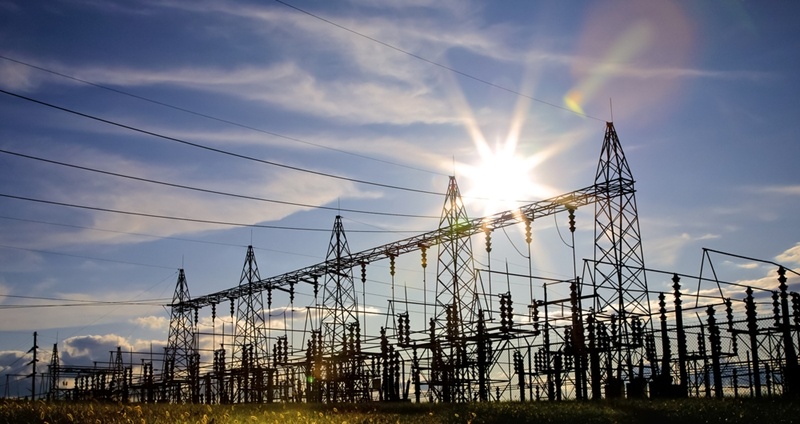Will solar-plus-storage really lead to mass grid abandonment?
The rapid adoption of behind-the-meter solar installations has frequently made news headlines over the last year or so, and even received a mention in this year's State of the Union. But in the near future, the discussion about solar power will necessarily have another component: Battery storage.
Just like with the solar PV systems themselves, technological and industrial improvements to the way lithium-ion storage batteries are manufactured have led their costs to drop considerably over the last few years, while their storage capabilities have improved.
Solar-plus-storage slated for massive growth over the next three years
"Solar-plus-storage" is the term used to describe the convergence of these two trends. Today, when a behind-the-meter PV system generates electricity in excess of what the property needs, that extra power is fed into the grid. But with battery-storage capabilities, that extra electricity can be stored on-premise and used whenever the PV system isn't generating power.
This isn't just a far-off concept either: A study by GTM Research projected that the solar-plus-storage market will surpass a total size of $1 billion by 2018. The report also forecasted the U.S. to have 318 cumulative megawatts of solar-plus-storage on homes, businesses and other behind-the-meter properties.

Solar-plus-storage is poised for rapid growth over the next few years, but is it really a threat to utilities' business models?
Utility customers may "defect" from the grid
As both of these technologies increase in effectiveness and decrease in costs, and as government incentives make them even more affordable, they will be a more attractive option for ratepayers who want an alternative to grid electricity in the years to come.
A research report from the George Washington University Solar Institute referred to this potential migration away from the traditional electrical infrastructure as "grid defection." According to the report summary, solar is already cutting into some utilities' sales and revenues, and moving forward, a large number of utility customers will likely see that declining solar-plus-storage costs will make it possible for some of them to withdraw from utility service within the next decade.
"Analysts from the credit rating and research firm Moody's are not sold on the theory that solar-plus-storage will lead to mass grid defection. In fact, they called the very idea of it a 'vague and distant' scenario."
Grid defection concerns may be overblown
While the GWU Solar Institute research suggests that the solar-plus-storage trend seems inevitable, other researchers are not convinced. According to Greentech Media, analysts from the credit rating and research firm Moody's are not sold on the theory that solar-plus-storage will lead to mass grid defection. In fact, they called the very idea of it a "vague and distant" scenario.
"We do not foresee grid defection being a material risk to the utility sector because the barriers are currently too great and the probability of an abrupt and unexpected development is too remote," wrote the five Moody's utility and credit analysts who penned the report, according to Greentech.
Even with the breakneck pace of growth and development in solar-plus-storage technologies, overcoming these barriers will be no small task. Moody's analysts argued that the cost of energy storage is still too high, even for well-capitalized ratepayers. Additionally, there is a considerable psychological barrier - most consumers are too used to the grid's convenience to make the switch to a totally new power generation method.
But perhaps the greatest barrier to an all-out grid defection is the fact that both the costs of the batteries and their ability to meet user demand must both improve dramatically before solar-plus-storage becomes a viable option.
Studies in Hawaii and California found that the average behind-the-meter customer would need its batteries to provide backup power for almost 63.7 days out of the year - an unheard of amount by today's standards.
"In our view, most grid defection studies published thus far have used broad and somewhat simplistic assumptions about power production and usage patterns based on monthly averages. We believe these substantially understate the amount of storage that is required for grid defection without also making substantial changes to power consumption patterns and lifestyles," the analysts concluded.
This content is property of ESCO Advisors and all reproductions must reference and link back to the ESCO Advisors website.
Share this
You May Also Like
These Related Stories

The dream of a hydropowered grid

MISO can clean up its act, but it isn't out the woods yet, says report


